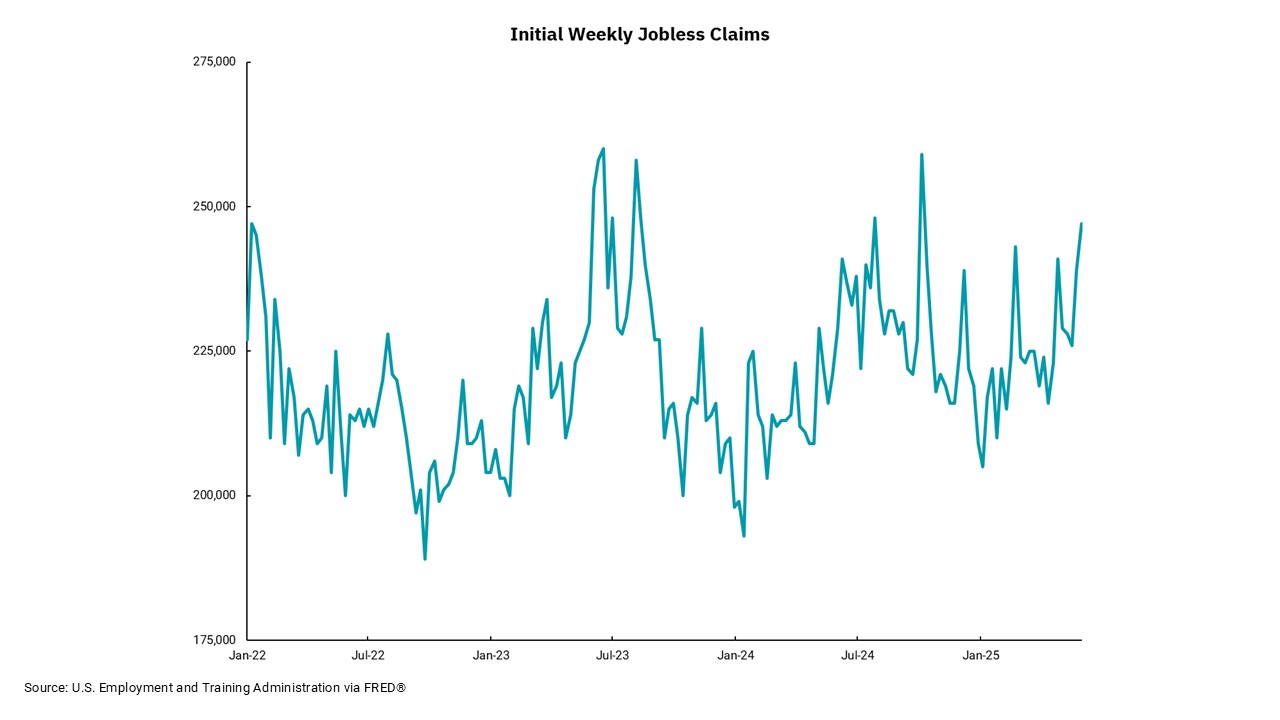
No eres solo tú, sí, ahora es más difícil conseguir un trabajo
El número de empleos vacantes para personas desempleadas ha caído a 1:1
El mosaico del mercado laboral se está debilitando, pero es demasiado pronto para decir que el mercado laboral está señalando una recesión. La primera semana del mes siempre proporciona una serie de informes de empleo. Con aproximadamente dos tercios del producto interno bruto (PIB) de Estados Unidos basado en el gasto del consumidor, es fácil ver por qué el mercado laboral es tan importante. Los consumidores con empleo están en una posición mucho mejor para seguir apoyando el crecimiento económico.
Comenzamos esta semana con el Encuesta de Ofertas de Trabajo y Rotación Laboral, también conocido como JOLTS. Esta medida mensual nos proporciona el número de empleos vacantes en nuestra economía, así como el número de personas que renuncian a sus trabajos y los niveles de contratación. En su apogeo, esta encuesta mostró dos puestos de trabajo abiertos por cada persona desempleada. No es sorprendente que la tasa de abandono también fuera elevada, ya que los empleados se sentían muy seguros de poder encontrar otro trabajo fácilmente. Las presiones salariales fueron evidentes durante este período, ya que las empresas pagaron más para retener y reclutar trabajadores con alta demanda. En el último informe, sin embargo, el número de empleos vacantes es ahora aproximadamente igual al número de personas desempleadas y, como era de esperar, la tasa de abandono es mucho menor, lo que refleja una menor confianza en encontrar un nuevo trabajo. Como anécdota, las conversaciones con los dueños de negocios muestran que las tasas de rotación se han desacelerado dramáticamente, y con eso, las presiones salariales también han disminuido.
Nuestros gráficos de esta semana muestran dos partes del Informe semanal de solicitudes de desempleo. Vemos esto todos los jueves por la mañana, y proporciona la información más oportuna sobre el mercado laboral. Las solicitudes iniciales de desempleo informan a aquellas personas que están presentando solicitudes de desempleo por primera vez. En efecto, esta es una medida de despidos dentro del mercado laboral en general. Las solicitudes de desempleo se han mantenido relativamente estables durante este período, y un gráfico a más largo plazo mostraría las solicitudes de desempleo en niveles notablemente bajos. El gráfico superior muestra las reclamaciones continuas. Y aquí vemos una tendencia al alza que indica que los despedidos permanecen desempleados durante períodos más largos. Dicho de otra manera, conseguir un nuevo trabajo es más difícil.
El mensual Informe del Departamento de Trabajo (DOL) Este mes mostró que la tasa de desempleo general se mantuvo estable en 4.2%, mientras que el crecimiento del empleo se desaceleró a 139,000. También hubo revisiones a la baja por un total de 90,000 empleos a los informes de los dos meses anteriores. En conjunto, parece que estamos viendo un mercado laboral donde los empleadores dudan en recortar muchos empleos, pero también están desacelerando sus nuevos planes de contratación. Esto tiene sentido en un período de incertidumbre, ya que las empresas recuerdan lo difícil que fue contratar trabajadores en los últimos años, pero no quieren agregar trabajadores cuando los cambios de política podrían desacelerar el crecimiento económico. Por ahora, podemos decir que el mercado laboral sigue apoyando un crecimiento económico positivo. Sin embargo, sin claridad en las políticas y un camino hacia un mayor crecimiento, este apoyo económico podría flaquear.
Obtenga los números entregados en su bandeja de entrada.
Suscríbase (Se abre en una pestaña nueva)
